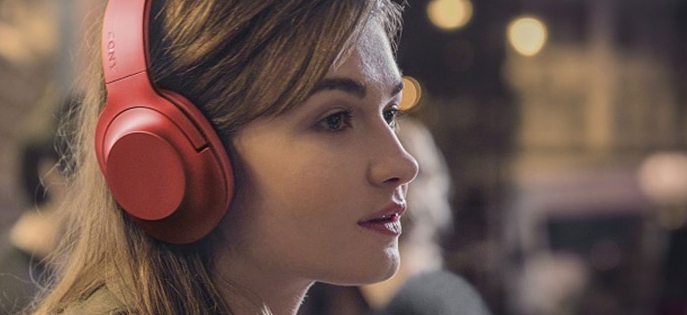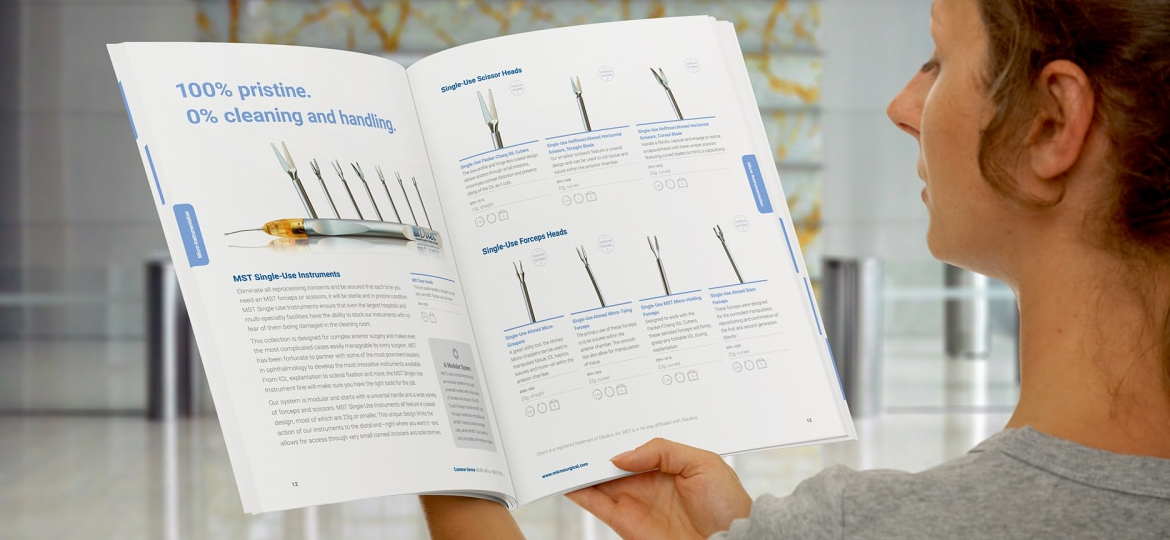First Certificate in English (FCE) Speaking Part Two
What will it be like?
You will not be alone. There will be two examiners, you and another test candidate, so there will be four people in the room. One examiner speaks while the other observes. You will have to verbally interact with the examiner who speaks and the other test candidate. The intention is to provide a more conversational atmosphere. The obejective of this part of the Cambridge B2:First is to test you in real and ordinary speaking condition.
Part Two-long turn
There are four stages in the speaking section.
First, one examiner gives you two photographs. Then the examiner asks you to comment on them. You need to speak for one minute continuously. There is a question that you must address which is written at the top of the page for you to refer to.
Second, the examiner asks the other candidate to comment on the photographs for about thirty seconds.
Third, the procedure is repeated with the other candidate. The other candidate is given two photos with a question to address, and he or she must speak for one minute continuously.
For the last stage, the first candidate must comment on these other two photographs for 30 seconds.
This part is intended to see how well you can speak on your own while comparing, describing, expressing opinions, and speculating. This section takes about 3 minutes.
What sorts of questions will I have to answer?
The photos are always different for each test and each candidate; however, the process is always the same. The examiner will ask you to compare the photographs, and you must comment on them.
For example, you may see two photos of two people traveling. You would need to compare the manner of travel and say what you think about each form of travel (cost, convenience, personal preference, etc.)
Alternatively, you might see two photos of playing a sport and you must compare the two images and then comment on what they are doing and give your views of the sports.
What should I say?
To start, don’t just describe the contents of the photographs. A statement like this will be with the photos.
Take a look at the two photos below and say what you think is going on.


Here is an example of a bad answer.
Left photo:
There is a man a woman. She has food and he is drinking wine. They are Asian.
Right photo:
There are many people. It is outside.
This answer is a simple description. You need to provide descriptive detail and compare the two photos. Also, you must offer comments; you need to give your opinion and speculate about the photos.
What are some ways that can I practice?
Search for images online with Google. Select pairs of images that are showing the same topic such as playing sports, eating, festivals, a picnic, etc. Practice describing and comparing the two photos. Then give an opinion; for example, which image appeals to you and why. What thoughts come to mind when you see these images. Record yourself while you do this and then listen to what you have said. Listen for key elements such as comparison and giving your opinion. Were there any words or terms that you didn’t know? If so, then look them up. Then go through the process again i.e. don’t use the photos once and move on. Go through the process three times. Many students simply go through a bunch of photos without stopping to analyze their problems and revising.
Taking an FCE preparation course at a language school can be of great benefit. Another way is to hire a tutor for private lessons.
Some tips for part four
When you have your two photos, you should say things such as this:
- What is good and bad about the activity, thing, etc.
- What the people are doing
- What the people are looking at and why
- Why the people are doing the activity, holiday, festival, etc.
- Who are the people with and why
Remember that there is a follow-up question. This is the part when you have to comment on the other candidate’s photos.
Something simple such as:
- Comment on which thing, activity, or holiday you would prefer
- Say why you would prefer
- If you’ve done one of the things before, mention what you did briefly
Keep these things in mind as well:
- You’re not competing against the other candidate
- Don’t panic if you stumble over a word; you have time to recover or say something else
- Pay attention when the other candidate is speaking
- Don’t parrot the other candidate; you need to use your own words
- Don’t be afraid to comment and speculate. There isn’t a right or wrong answer



